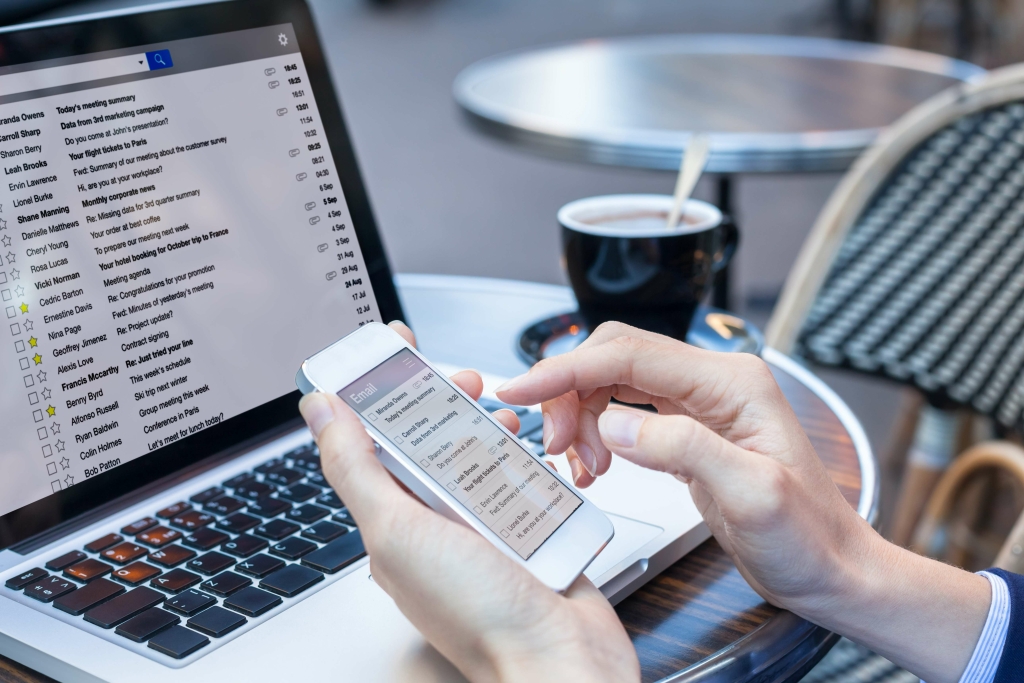Content
High levels of virtualization are cognitively draining to the employee, with 75% of HR leaders agreeing that an increase in the number of virtual touchpoints employees face in their work puts them at risk for burnout. Part of this battle is about accepting the fact that working from home is a different experience from working in the office, setting realistic expectations, and programming good habits. Work from home fatigue may feel permanent and insurmountable in the moment, however the feeling often passes. There are many precautions that can prevent remote work burnout, and actions that can counteract the condition.
Firstly, these Zoom fatigue stats and data show that this indeed is a very real thing among those working remotely. I know I have first-hand experienced this because of having too many back-to-back virtual meetings. It’s become clear a huge number of companies are embracing remote work permanently (at least some of the time).
#7 You’re Not Taking Restful Breaks
On the one hand, having a routine can reduce stress because you know pretty much what to expect each day. On the other hand, though, routines can become monotonous, leading to boredom, which can lead to tiredness. I am not suggesting you stop drinking your morning coffee, but if you drink a lot of caffeinated soft drinks, or energy drinks, it might be a time to slow down. In my opinion, prevention is the best course of action, and I really wish I read something like this post a few years ago, it would have saved me a lot of trouble and unnecessary visits to the doctor’s office, including one to the emergency room. My hubris landed me there, and I hope my experience keeps some of you out. Virginia Ready Initiative, is a technology entrepreneur, investor, board director, and executive.
Employees may also experience more harassment when there are fewer witnesses to deter workplace bullies or predators, and they may be exposed to more violence or conflict at home. Acknowledging that work-from-home burnout and other issues have become a global phenomenon, the World Health Organization (WHO) has issued a warning in a new report this month. https://remotemode.net/ The Employee Experience pack from Intellective enables you to have a unified, turn-key comprehensive employee experience portal in a matter of hours. The Employee Experience Pack gives employees a central location to get their questions answered, foster social interaction, give and receive kudos, and find all the information they need to do their jobs.
#4 You’re More Sedentary Than Usual
Leaders can best model strength by sharing vulnerability, so go into these conversations prepared to be open about your own challenges and ask your team for their ideas on how to manage them. Not only will they be more likely to respond to your candor, but it’ll also strengthen the bond between you and your team. To hire remote workers who will be successful, it’s important to first attract top talent and ask the right questions.

Using a sample of 306 employees, this paper addresses this research gap. The findings highlight how both work and personal digital platforms induce technostress during the enforced remote work period, which in turn increases psychological strains such as technology exhaustion and decreases subjective wellbeing. The increased use of digital platforms (i.e. work and personal technology platforms) during enforced work from home are considered as stressors. An important theoretical aspect of the model is the conceptual distinction between two different types of technology used during the pandemic. First, we focus on work-related (occupational) technology platforms such as Zoom, Slack, Microsoft Teams, and other traditional work-related systems that are being used at home remotely during the pandemic.
Working From Home Productivity Statistics [2023 update]
Despite successfully managing their virtual teams, some companies also have experienced the downside of remote work, and as a result, they’ve had to come up with new solutions. KPMG started to apply flexible policies that will enable employees to be more relaxed and productive while working from home. In this study, we identify resilience as a response mechanism to cope with technostress and/ or minimise its negative impacts.

Perhaps you have non-work responsibilities that are easier to tend to during the day. Non-work socialization can improve your mood and make the workday feel less lonely. Sturdy and spacious desks, ergonomic chairs, and computer monitors make a noticeable difference when working virtually. Setting up a professional workspace can draw a divider between the home space and office space, reinforce boundaries, and improve productivity. Many companies now cover the costs of these setups, so be sure to take advantage of existing home office stipends or check with your employer for options.
This is the feeling of being exhausted during and after attending numerous video meetings throughout the day. And this has been much debate about when it’s okay to have your camera on or camera off during these meetings to help eliminate the virtual fatigue. Remote monitoring can generate a lot of data and information, but not all of it is equally important or urgent. To avoid being overwhelmed by the noise and complexity, you need to define and communicate clear goals and priorities for your remote monitoring activities.
- The number one cause of remote work burnout is an inability to disconnect from work.
- Remote team members are often unable to build deeper relationships with the rest of your team.
- I have found scheduling breaks in my calendar makes me more likely to take them.
- This is despite very few employers offering remote working amid fears over employee productivity.
- You can no longer glance up from your desk and see what your team is working on or call over for an update on a specific project.
- This means using tools and processes that can help you measure, evaluate, and improve your remote monitoring outcomes and impacts.
Here’s why it happens and what you can do to help your employees avoid it. But when your “office” is now the kitchen table where you eat dinner with your family, that lack of physical separation between work and personal life means your brain never feels like it’s off the clock. If you’re used to working from an office and are now having to work from home, the collision of work and personal life can be disorienting.
Social Media Share Icons
Yet, digital platforms used for personal purposes can also cause stress (Hawk et al., 2019, Lee et al., 2016, Zhang et al., 2016). In remote-working scenarios, people need to manage various digital platforms and applications while simultaneously balancing their work, familial, and social commitments. Further, digital platforms used for personal and social purposes https://remotemode.net/blog/remote-work-burnout-fatigue-and-how-to-avoid-it/ (i.e., social media) may expose users to excessive, contradictory, and confusing information (Kozinets, 2021) and may create social obligations that can also increase stress. For example, a sudden shift to remote work can cause stress in general (Chen & Bonanno, 2020) and particularly technostress due to its enforced nature (Oksanen et al., 2021).
Many employees have fought to retain the right to work from home, while many employers have tried to resist. Meanwhile, some employees and employers have adapted to a hybrid model – creating a balance between home- and office-based working. Restrict most, if not all, your work to certain hours when you feel productive (for most people, it’s the morning). When you head out to lunch, for example, don’t restrict yourself to places minutes away from your home or office; take the long route, create errands that will compel you to spend more time outdoors and get your mind off work. If however, you are aware of the risks, you need to be on the lookout for burnout symptoms.



